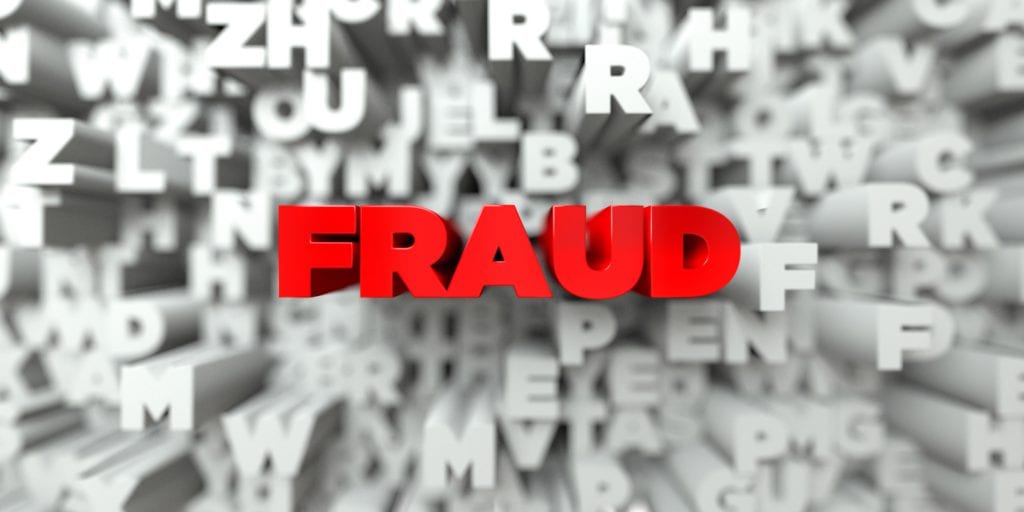A recent article in Money magazine describes the use of general purpose, reloadable prepaid card by millennials as a “head-scratcher of a trend” because millennials could get and do have bank accounts. The article cites a report from the Federal Reserve Bank of Philadelphia, which found that millennials say they don’t feel like they need a bank, but the article is not accepting these self-reported reasons. The writer goes on to list the supposed disadvantages of prepaid cards while repeating old inaccuracies.
“What’s more, prepaid cards come with some significant disadvantages. Unlike credit cards, they carry no consumer protections and won’t help you build a credit history or get cash back on your purchases (though you can’t rack up debt or, in the case of debit cards, get hit with overdraft fees). Depending on the source of the deposits, money on a prepaid card also may not be FDIC insured.”
Prepaid cards do have consumer protections. Cards like the RushCard have the Visa Zero Liability guarantee. FDIC insurance depends on where the deposits are held, not the source of deposits – and because Visa and MasterCard require issuing banks, the accounts are held in FDIC-insured banks and insured to individual cardholders through pass-through insurance.
Of course, there is also the usual handwringing about fees. But, as has been shown in a number of analyses, prepaid cards can actually be cheaper than bank accounts. A lack of overdraft fees is a money saver. There are typically no minimum balances on prepaid cards either to open an account or to maintain one. And just like many bank accounts, many prepaid cards will waive monthly fees if certain conditions are met. Millennials may find that meeting the prepaid requirements is easier than meeting the bank requirements.
Additionally, it may be that millennials have found prepaid cards useful as a way to budget and segregate funds for specific purposes. They may be protecting their security as they shop online. They may be using prepaid cards as a more convenient and private method to accept and move payments electronically when paired with digital tools like Venmo. And, of course there are the convenience factors listed in the article of the ability to load cards at retail stores and to use the cards to get cash from surcharge-free networks, which may be more convenient than banks.
Another factor is the question: What do old-line checking accounts offer millennials that prepaid cards don’t? If they don’t write paper checks, the advantages of a traditional bank aren’t there for transactors with low balances. The interest on a bank savings account averages less than 1 percent, but with a prepaid card, a cardholder can get a high-yield account earning up to 5 percent. Nearly every prepaid card comes with a multifunction mobile app, and cards like Bluebird from American Express have advanced tools that allow users to create multiple subaccounts for managing money and giving family members a way to spend. Most of that can be done in-app or online. Most banks don’t offer these kinds of services.
The value proposition for prepaid cards is understated in this story, but I doubt that will bother millennials who have discovered it for themselves. Read Money Magazine’s full article here
Money Magazine Tells Millennials to Get Off the Lawn, Go to a Bank

FRAUD - Red text on typography background - 3D rendered royalty free stock image. This image can be used for an online website banner ad or a print postcard.